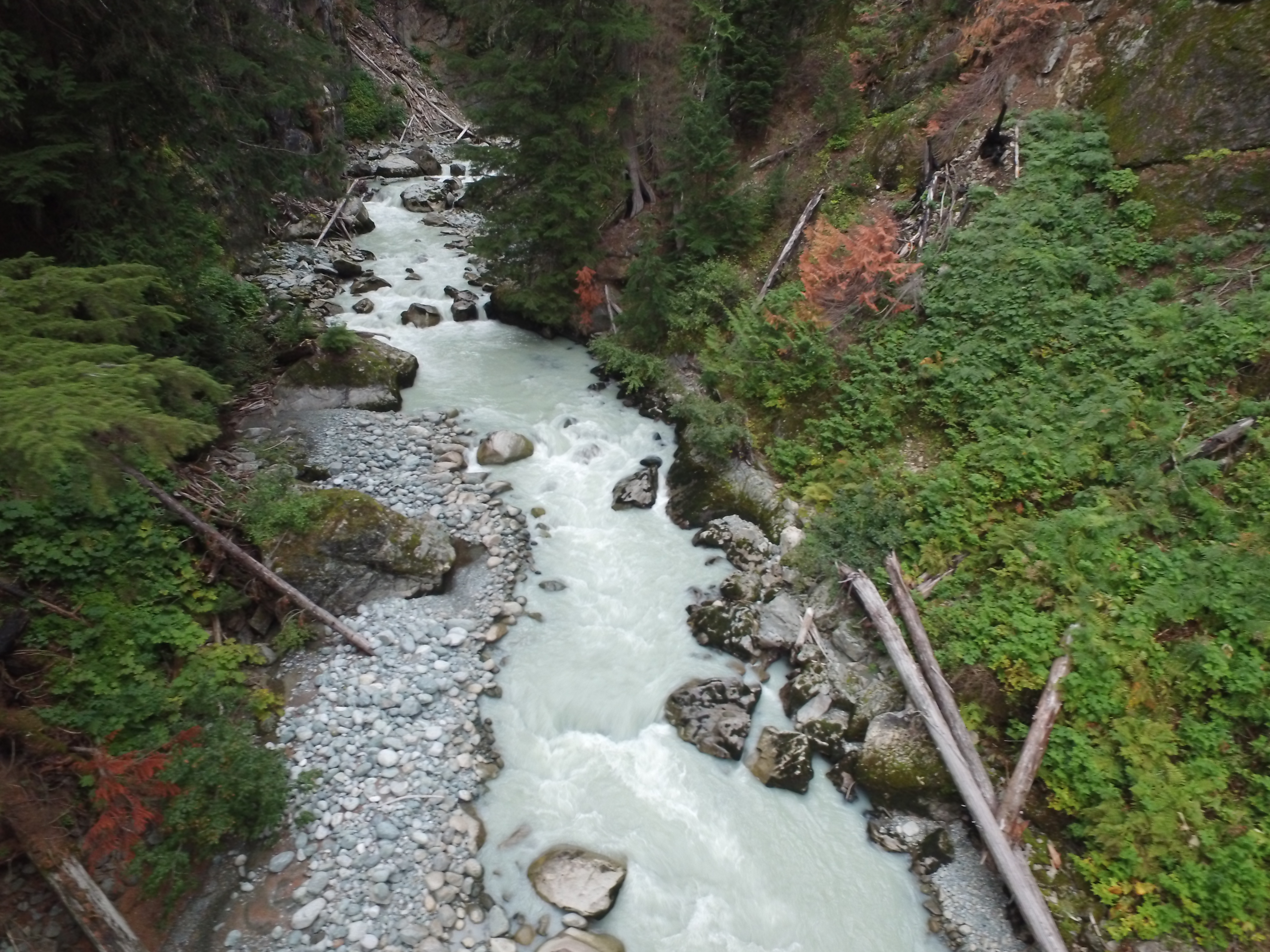As members and advocates of the scientific community, Ecofish is committed to maintaining scientific excellence in all that we do. We support social responsibility through our Research and Development Program, which maintains that not only is our talented staff at the forefront of the latest advancements in science and technology, but that we also support local environmental research initiatives.
Following a massive 500 hectare wildfire at Boulder Creek in 2016, Ecofish facilitated fieldwork, with support from Innergex, to collect data in support of research on wildfires in costal-transitional forests – areas not typical of large fires. Ecofish has and continues to collect physical and environmental data in the Boulder Creek watershed for the Upper Lillooet Hydro Project. Currently, data is being collected to fulfil the Project’s Operational Environmental Monitoring Program requirements.
We are excited to share that our efforts have been acknowledged in a recent publication in the online Canadian Journal of Forest Research – “Surface fuel loads following a coastal–transitional fire of unprecedented severity: Boulder Creek fire case study.”
“This project was funded by an NSERC Discovery grant held by Dr. Bianca Eskelson and further supported by an NSERC Engage grant to Dr. Lori Daniels in collaboration with Ecofish Research Ltd. We thank Veronica Woodruff and Ecofish Ltd. for the support and information they provided during the data collection.”
Access the full publication here: https://www.nrcresearchpress.com/eprint/HUBCJVHID4BKXF4TZYIA/full
ABSTRACT
British Columbia experienced three years with notably large and severe wildfires since 2015. Multiple stand-replacing wildfires occurred in coastal–transitional forests, where large fires are typically rare, and thus, information on post-fire carbon is lacking. Because of their carbon storage potential, coastal–transitional forests are important in the global carbon cycle. We examined differences in surface fuel carbon among fire severity classes in 2016, one year after the Boulder Creek fire, which burned 6 735 ha of coastal–transitional forests in 2015. Using remotely sensed indices (dNBR), we partitioned the fire area into unburned (control), low-, moderate-, and high-severity classes. Field plots were randomly located in each class. At each plot, surface fuel carbon was quantified by type, namely coarse, small, and fine woody material, duff, and litter, and carbon mass by fuel type was compared among severity classes. Total surface fuel carbon did not differ significantly between burned and unburned plots; however, there was significantly less duff and litter carbon in burned plots. Remotely sensed severity classes did not properly capture wildfire impacts on surface fuels, especially at lower severities. Pre-fire stand characteristics are also important drivers of surface fuel loads. This case study provides baseline data for examining post-fire fuel carbon dynamics in coastal–transitional British Columbia.

